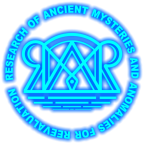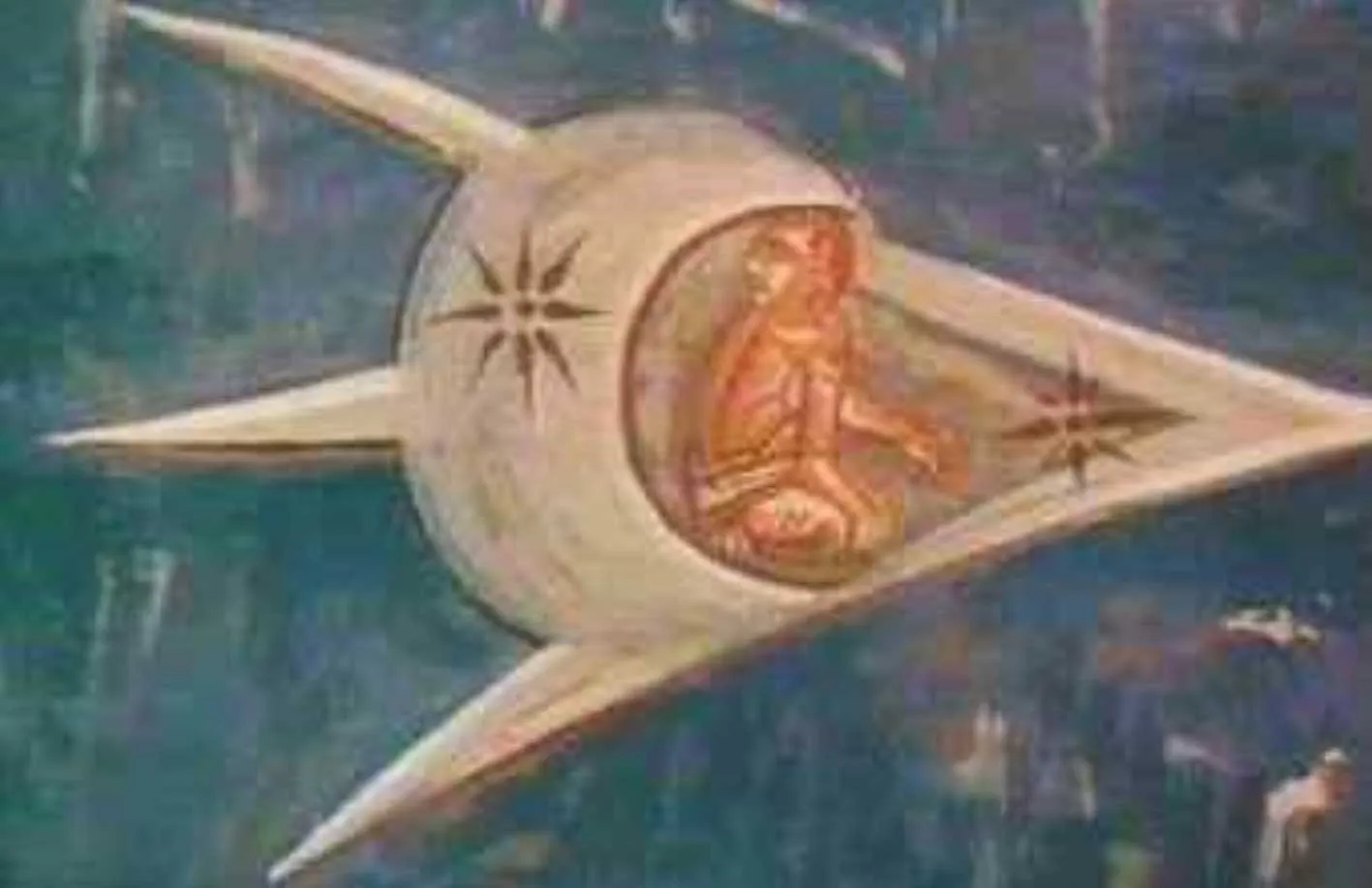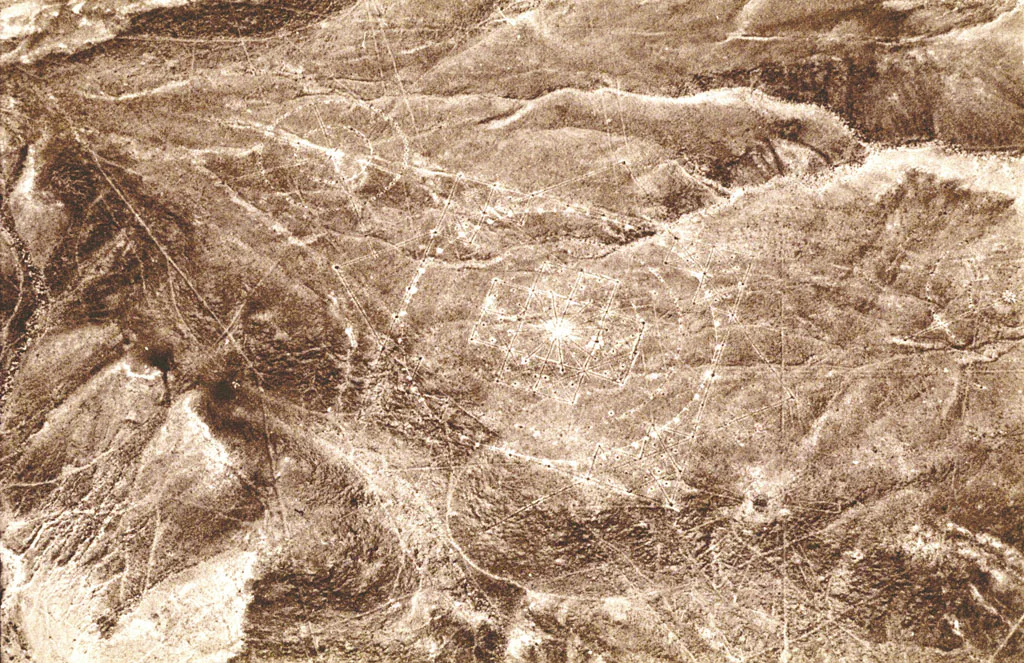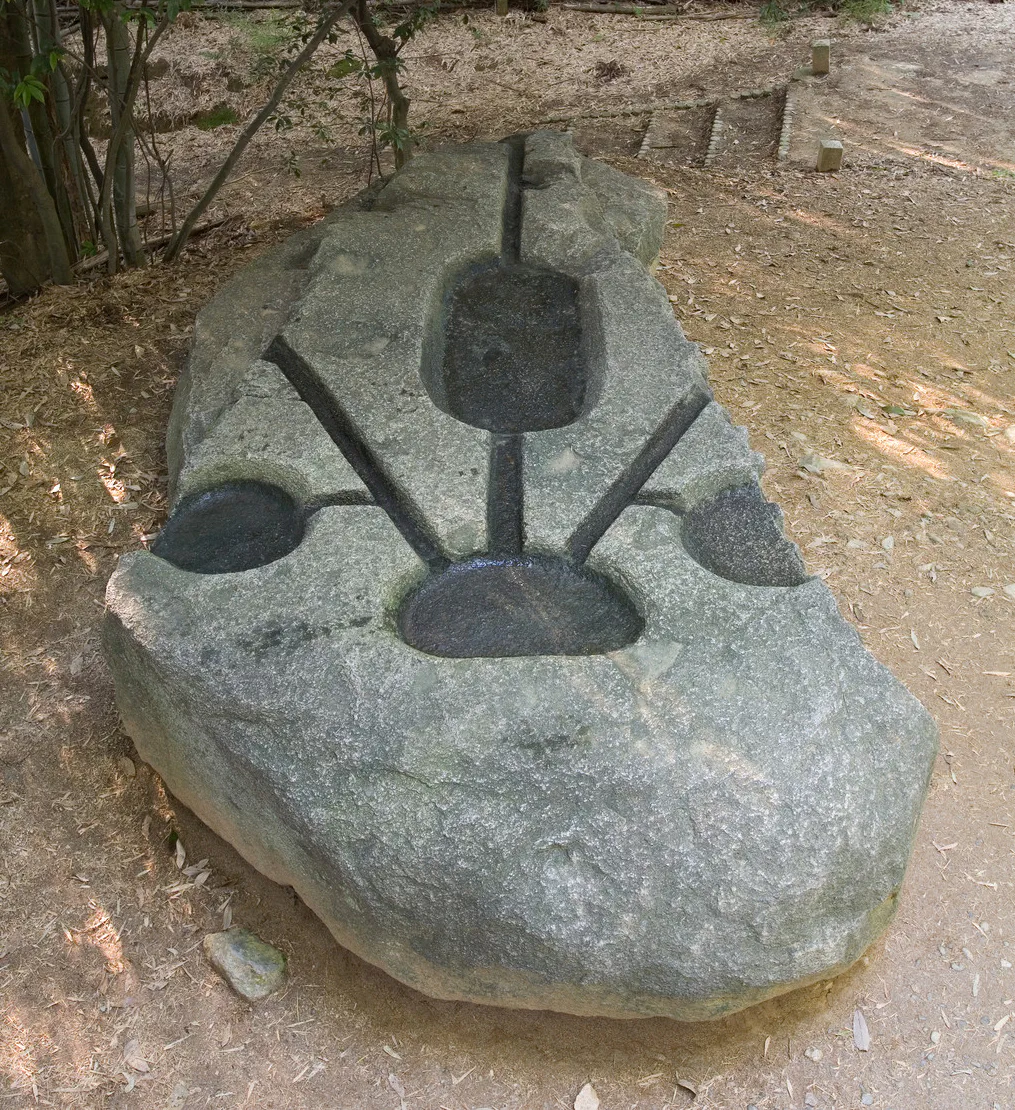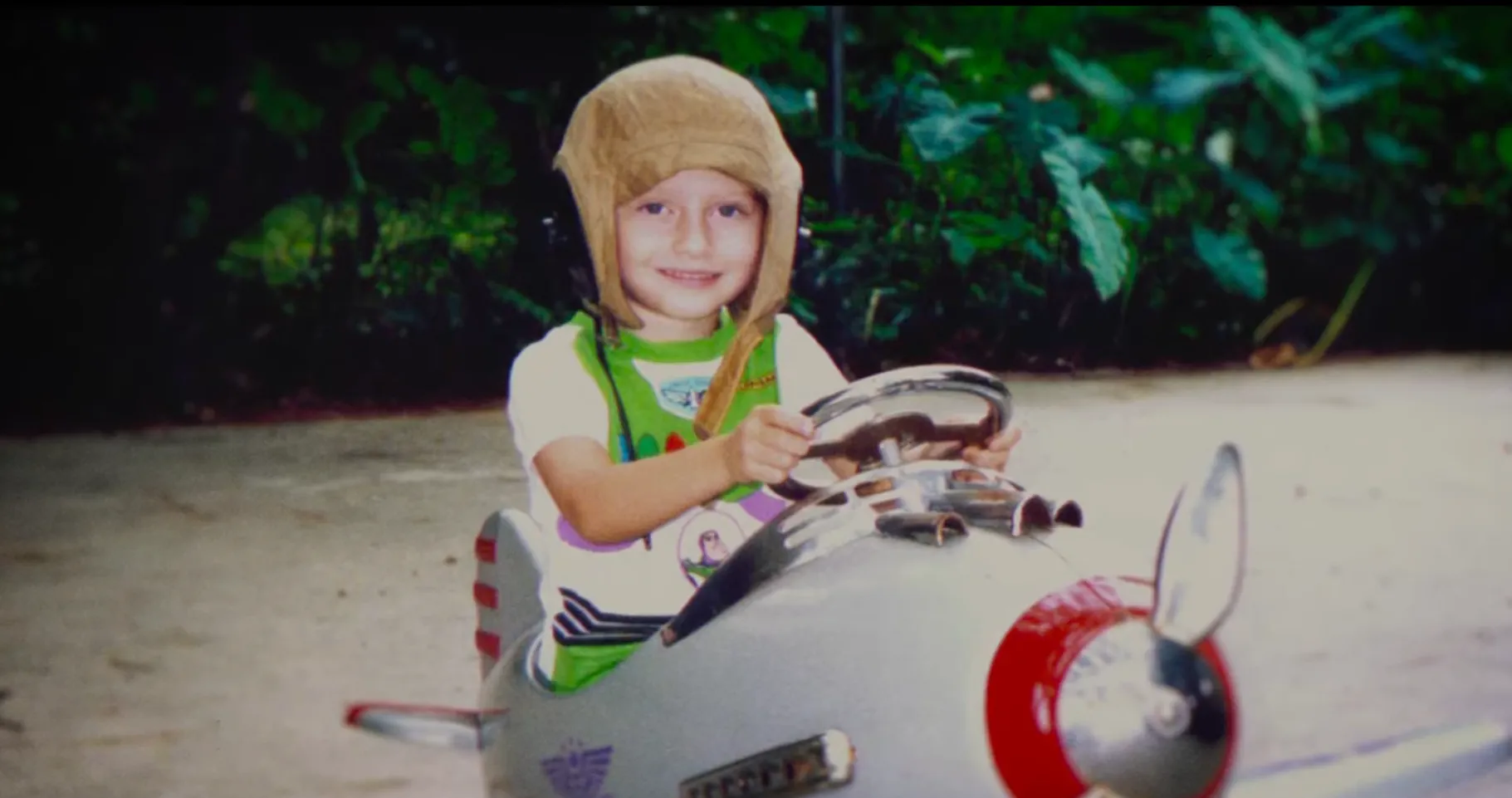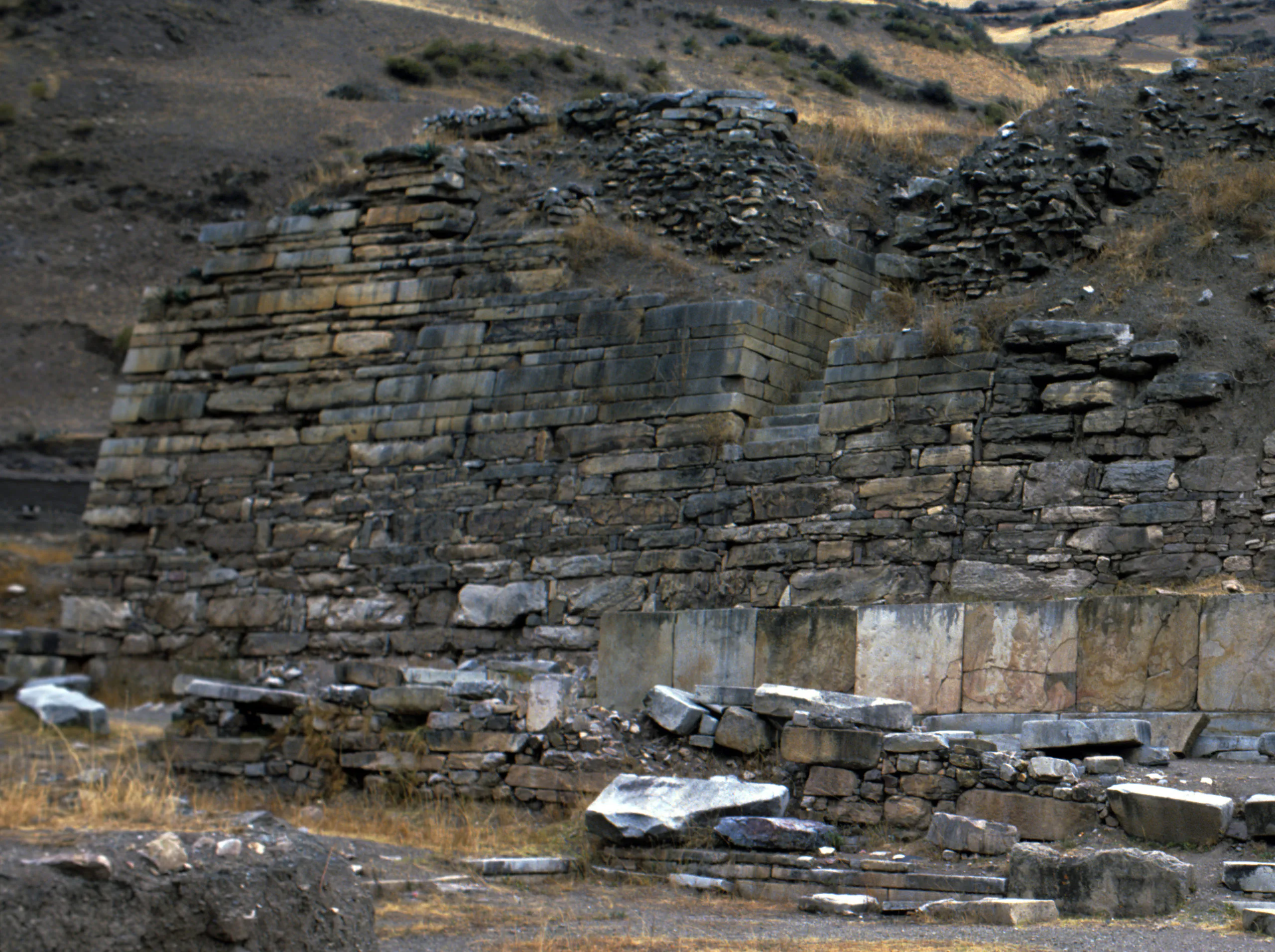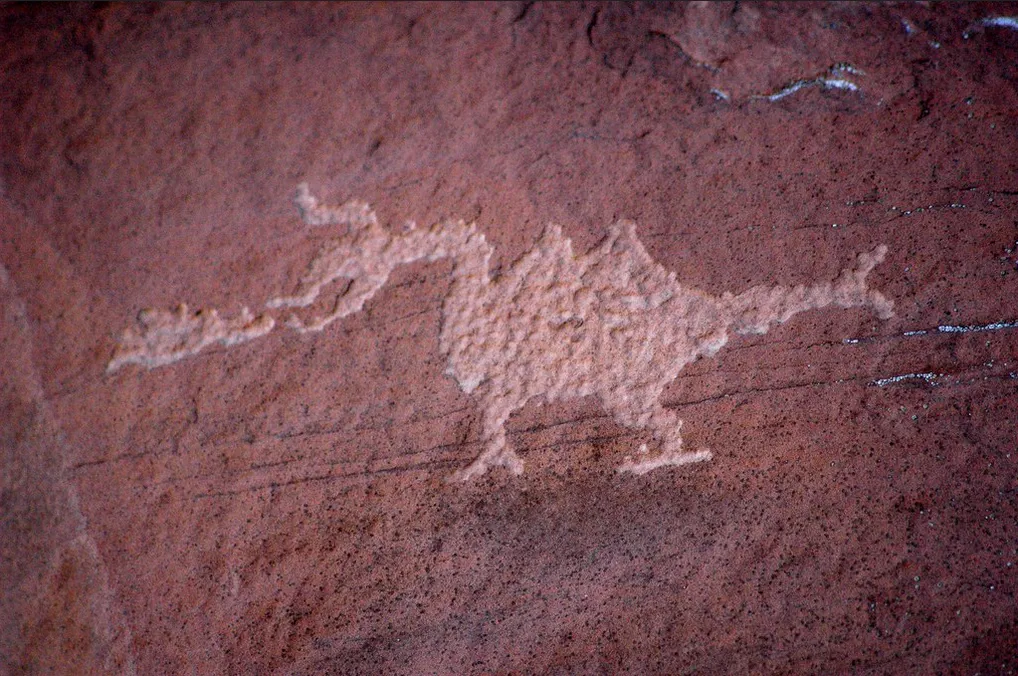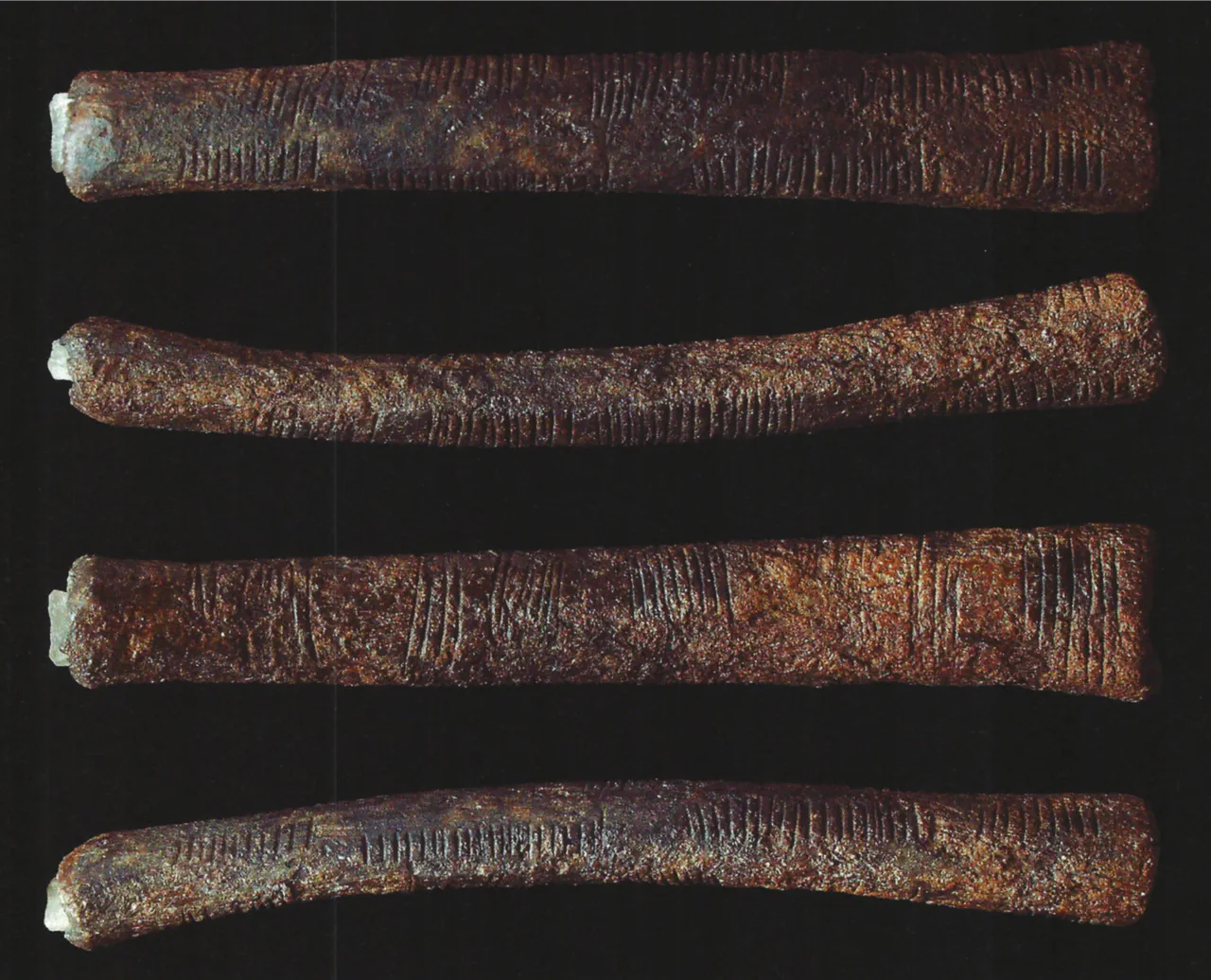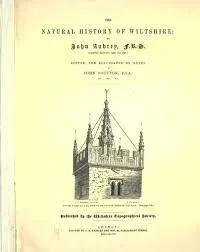The bird of Sakkara
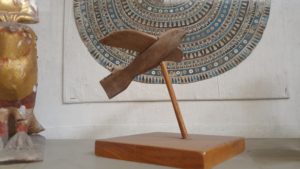 Real X-File ID: 5455
Real X-File ID: 5455
Report Date: 03/24/2020
Country: Egypt
Place: Sakkara
Fingerprints: Traces of ancient advanced technology, Ancient historical records of advanced technological knowledge
Existing Facts Sources: Magazine
Summary Report:
The Sakkara Bird is a bird-shaped artifact made of sycamore wood, discovered during the 1898 excavation of the Pa-di-Imen tomb in Sakkara, Egypt. Today it is exposed in the Egyptian Museum in Kairo (in the section of “Toys of the Pharaos”) . It has been dated to approximately 200 BCE. The hieroglyphics on the artefact say “gift from Amun” (god of wind and fertility). It has an aerodynamical shape and was tested in wind tunnels. It also has a vertical tail, but no birds have vertical tail feathers. It is comperable to the golden flyers of Columbia. Is it one more proof of cargo cult in ancient Egypt?
Excerpt from A.A.S. Research organisation in the Magazine SAGENHAFTE ZEITEN (Legendary times) 22/01/2022:
1967 the Egyptologist Prof. Dr. Kahlil Messiha found the object in the cellars of the Egyptian National Museum. It was classified as “bird-object”. The discovering happened already in 1898, when the archaeologist Victor Loret did excavations in Sakkara near the step pyramid of Djoser. There they found a untouched tomb shaft, with a strange object and the inscription: “pa-di-imen” which means “Gift from Imen (also called Amun). “Pa” can also be translated as “fly”. Its age was dated to at least 2200 years (200 BC).
Prof. Dr. Kahlil Messiha and his brother, an aeronautic engineer, Dr. Himat Messiha, analyzed this strange object in detail. Only the rumps point correspond to a birds head. No other detail meet the anatomic structure of a bird.
In 1998 concerning to exact measurement-drawings, the German model builder Peter Belting reconstructed a exact, but bigger model of the “dove”. Equipped with an electrical motor and propeller, the engine was stopped in the air, and it was proven that this object has an extremely well gliding fly behavior. It could also do stable looping and rolling maneuvers.
In 2020 a project started to learn more about “interdisciplinary analysis to the aerodynamic efficiency of an old Egyptian artefact of the Ptolemian dynasty.
Prof. Dr. Uwe Apel (Hochschule Bremen, Raumtransport- und Orbitalsysteme/Luft- und Raumfahrtantriebe – Bremen University of Applied Sciences, Space Transportation and Orbital Systems/Aerospace Propulsion Systems) was immediately enthusiastic for an this interdisciplinary project. Target of the project was, the scientific analyzation of this archaeological object. To get as much photographed details as possible, it was necessary to get it out of the glass cabinet in Cairo. So Prof. Jan Assmann provided the first contact to Dr. Ahmed Osman. Dr. Osman agreed to support the technical research on the object. So, after many steps through the Egyptian administration, they have received the permit, to take these high interesting photos, which could be used with the concerning software to calculate aerodynamic behavior of the object. At the moment (Spring 2022) Prof. Apel is analyzing the flight-technical datas. We are excited on these news, if they confirm the flight abilities of that 2200 years old object.
Google Streetview: Google Streetview
Links: https://en.wikipedia.org/wiki/Saqqara_Bird
https://de.wikipedia.org/wiki/Vogel_von_Sakkara
https://archivapp.sagenhaftezeiten.com/de/profiles/ae8c0f8191ae/editions/fca2ab5db1eeacd19324
Facts Source Details:
Details of Magazine: Interdisciplinary Project on the “Sakkara dove” – The Pa-di-imen-artefact,Dr. Algund Eenboom,A.A.S. Research organisation in the Magazine SAGENHAFTE ZEITEN (Legendary times,02/01/2022
Other Facts Details:
The newest research and article was done by Peter Fiebag, Dr. Algund Eenboom and Prof. Ahmed Osman.
1967 the Egyptologist Prof. Dr. Kahlil Messiha found the object in the cellars of the Egyptian National Museum. It was classified as “bird-object”. The discovering happened already in 1898, when the archaeologist Victor Loret did excavations in Sakkara near the step pyramid of Djoser. There they found a untouched tomb shaft, with a strange object and the inscription: “pa-di-imen” which means “Gift from Imen (also called Amun). “Pa” can also be translated as “fly”. It’s age was dated to at least 2200 years (200 BC).
Prof. Dr. Kahlil Messiha and his brother, an aeronautic engineer, Dr. Himat Messiha, analyzed this strange object in detail. Only the rump’s point correspond to a birds head. No other detail meet the anatomic structure of a bird.
In 1998 concerning to exact measurement-drawings, the German model builder Peter Belting reconstructed a exact, but bigger model of the “dove”. Equipped with an electrical motor and propeller, the engine was stopped in the air, and it was proven that this object has an extremely well gliding fly behavior. It could also do stable looping and rolling maneuvers.
In 2020 a project started to learn more about “interdisciplinary analysis to the aerodynamic efficiency of an old Egyptian artefact of the Ptolemian dynasty.
Prof. Dr. Uwe Apel (Hochschule Bremen, Raumtransport- und Orbitalsysteme/Luft- und Raumfahrtantriebe – Bremen University of Applied Sciences, Space Transportation and Orbital Systems/Aerospace Propulsion Systems) was immediately enthusiastic for an this interdisciplinary project. Target of the project was, the scientific analyzation of this archaeological object. To get as much photographed details as possible, it was necessary to get it out of the glass cabinet in Cairo. So Prof. Jan Assmann provided the first contact to Dr. Ahmed Osman. Dr. Osman agreed to support the technical research on the object. So, after many steps through the Egyptian administration, they have received the permit, to take these high interesting photos, which could be used with the concerning software to calculate aerodynamic behavior of the object. At the moment (Spring 2022) Prof. Apel is analyzing the flight-technical datas. We are excited on these news, if they confirm the flight abilities of that 2200 years old object.
Pictures:
